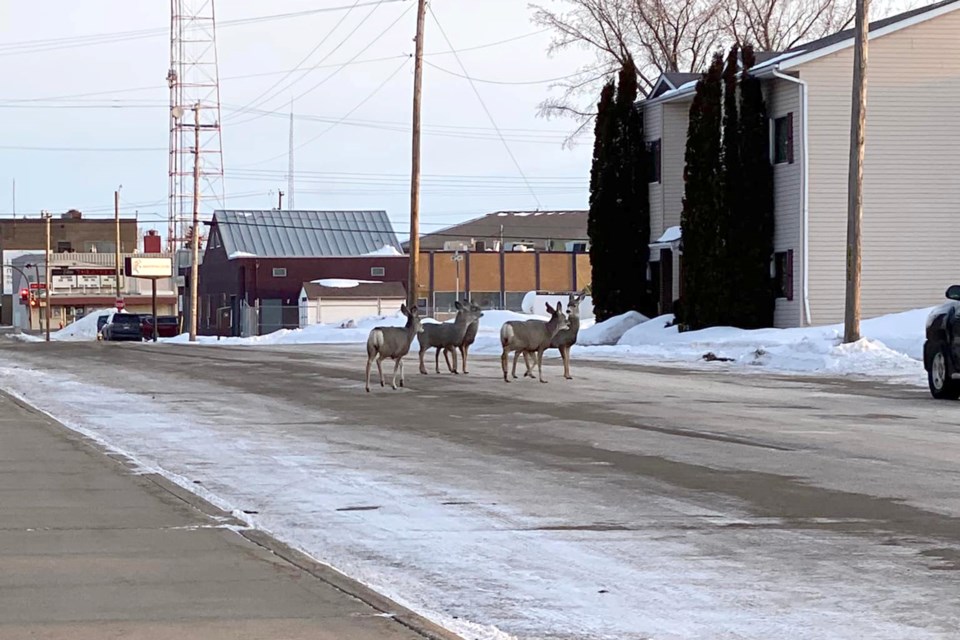ST. PAUL - Jason Duncalfe is relatively new to St. Paul, moving to the area and starting his career as a Fish and Wildlife officer in October of 2021. After a relatively quiet ice fishing season and a winter season that saw some rather extreme weather, he is looking forward to the warmer months ahead.
After working in the automotive industry for a number of years, and also spending time as a seasonal ranger with Alberta Parks in the Rocky Mountain House area, he decided to take the leap and make a career change.
After completing the necessary training, Duncalfe was offered a job in St. Paul. And while he had never been to this part of the province, he and his wife, along with their dog, have settled in to their new home.
Originally from the Sylvan Lake area, Duncalfe says he always had an interest in the outdoors, and enjoys hunting and fishing. But, he says it was tough to see the abuse that would sometimes happen, and so he decided to pursue a career as a Fish and Wildlife officer, in hopes of helping.
Being outside a lot is definitely a bonus to the job, he adds.
Deer damage
Due to plenty of cold days and an abundance of snow over the past few months, one issue that area farmers and rural residents may have come across is deer getting into hay stacks and causing significant damage.
The amount of snow makes it hard for deer to walk and forage for food, while the cold weather forced the animals to seek shelter. Cleared yards in rural areas sometimes provide both those things.
It's a fine balance for wildlife to consume energy to survive, while also conserving energy.
Recent sightings of multiple deer in a group have even been made within the Town of St. Paul, where similar favourable conditions exist. One resident snapped a photo of a group of deer near the courthouse, just a short walk from Duncalfe's office at the Provincial Building.
Shrubs and trees can also make for a suitable meal for deer, along with the contents of bird feeders.
The only solution to preventing damage is to fence the deer out, or wrap trees in burlap and use some net wraps, explains Duncalfe. Feeding the animals alternate foods will only keep them in the area, and is not recommended.
Bear season
With the snow melting, and warmer temperatures not far away, Duncalfe says the next focus will be on bear season. He recommends people remove bird feeders and other attractants, to help keep bears away from their property.
"It's not bad to have bears around acting like bears," says Duncalfe. The issues arise when bears get used to humans.
For specific and detailed information on how to deal with bears in a variety of situations - such as mitigation between bears and chickens, and fruit trees and bears - visit the BearSmart program on Alberta.ca
"BearSmart is a public awareness program for people visiting, living or working in bear territory," according to the provincial government.


